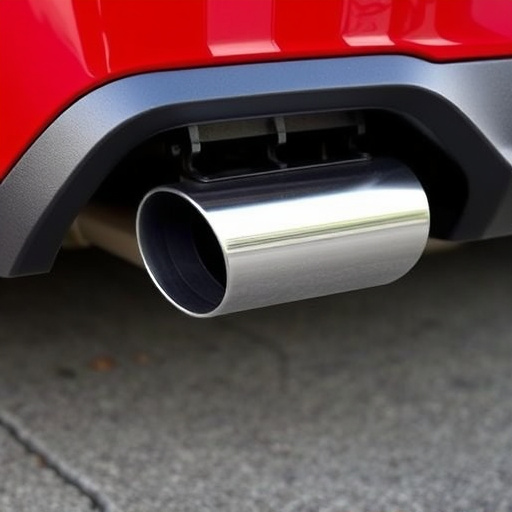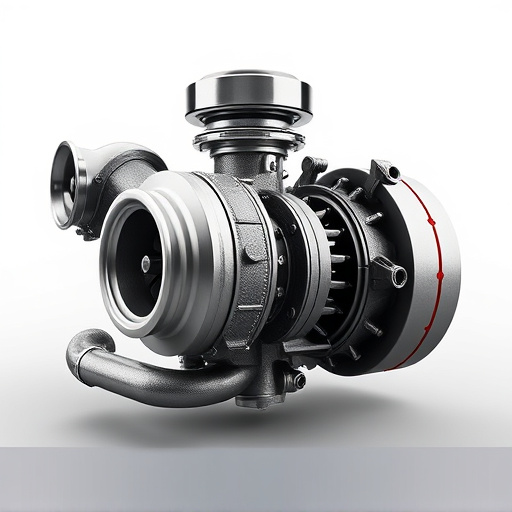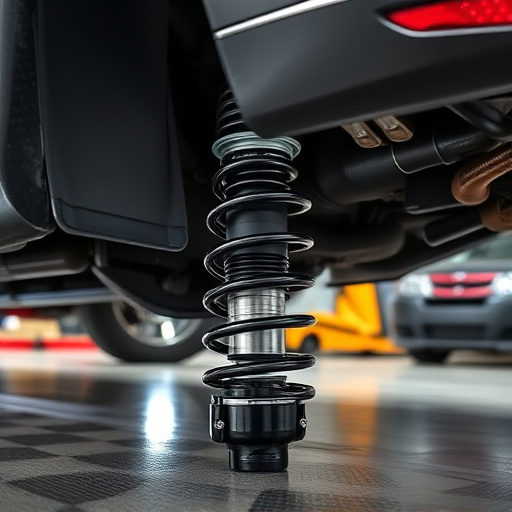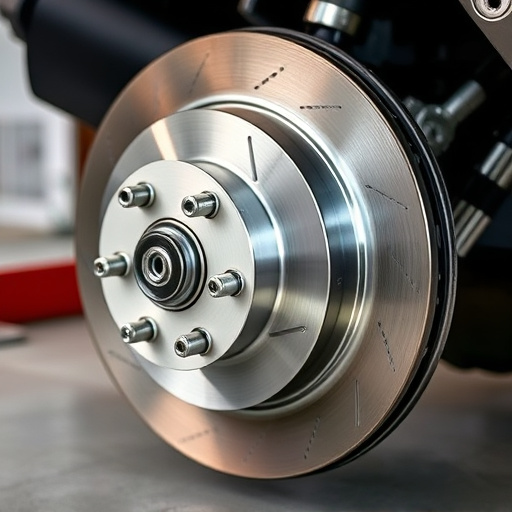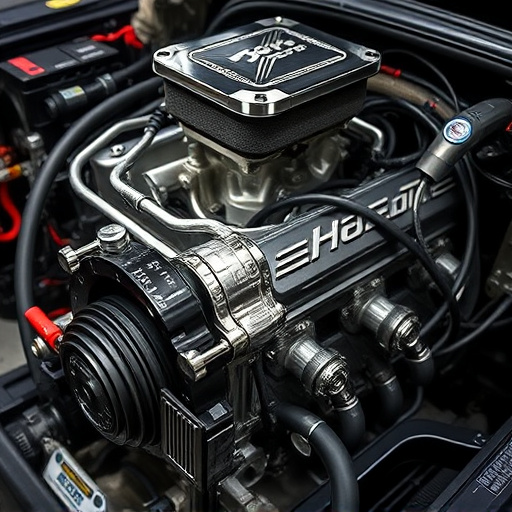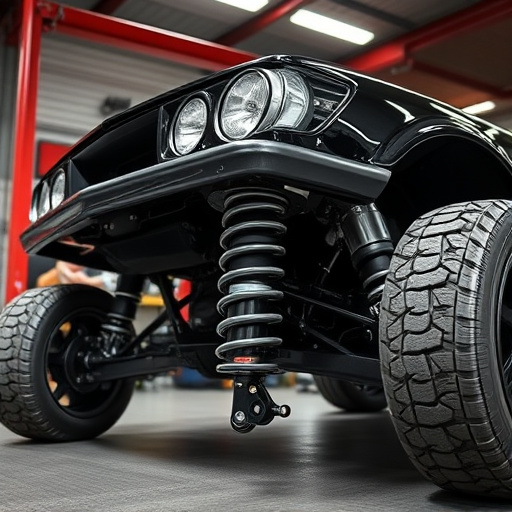Universal catalytic converters (UCCs) are essential for modern vehicles, reducing harmful emissions and improving air quality through precious metal catalysts. Proper installation is critical to prevent leaks, ensure efficiency, and maintain warranties. Best practices include accurate exhaust system alignment, secure fastening, high-quality gaskets and wiring connections, contributing to enhanced engine performance, fuel efficiency, and environmental cleanliness.
“Avoid common pitfalls and ensure your vehicle’s optimal performance with our guide on universal catalytic converter installation. Understanding these key components is crucial before attempting any DIY repairs. We’ll walk you through the process, highlighting potential mistakes to steer clear of, especially during installation.
From ensuring proper fitment to following best practices, this article covers everything you need to know about fitting a universal catalytic converter seamlessly and effectively.”
- Understanding Universal Catalytic Converters: Key Components
- Common Installation Mistakes: Avoid These Pitfalls
- Ensuring Optimal Performance: Best Practices for Fitting
Understanding Universal Catalytic Converters: Key Components
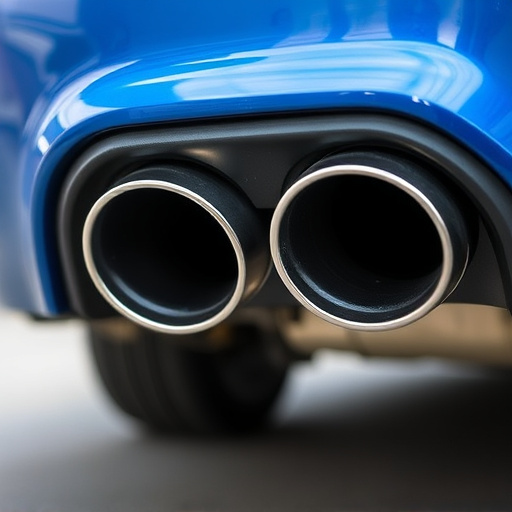
Universal catalytic converters are a crucial component in modern vehicles, responsible for reducing harmful emissions and improving air quality. These converters act as a filter, catalyzing chemical reactions to break down pollutants into less toxic substances. Key components include the catalyst itself, which is typically made of precious metals like platinum, palladium, and rhodium, along with a ceramic or metal substrate that provides a large surface area for the catalytic reaction. The converter also features an outer casing designed to withstand high temperatures and pressures, ensuring its longevity under harsh driving conditions.
Understanding these basic elements is essential when it comes to installation, as improper fitting can lead to reduced efficiency and potential damage to other brake components like brake rotors. Using high-quality replacement parts, such as those found in top-tier coilover kits, is crucial for maintaining optimal performance. This includes ensuring a secure fit, proper alignment, and adherence to manufacturer specifications throughout the installation process. Proper maintenance of these universal catalytic converters not only contributes to environmental sustainability but also supports overall vehicle safety and efficiency.
Common Installation Mistakes: Avoid These Pitfalls
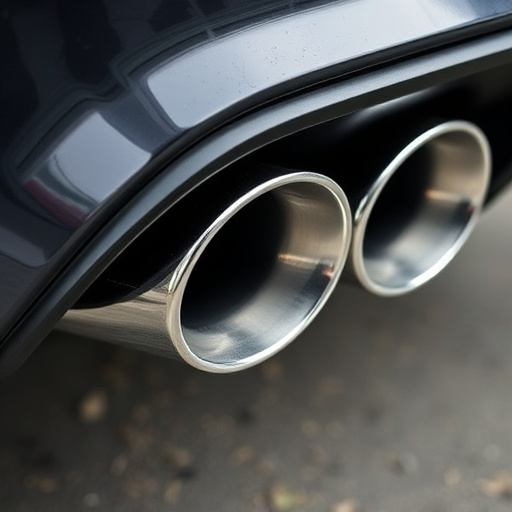
Universal catalytic converters are a critical component for any vehicle aiming to reduce harmful emissions and meet environmental standards. However, during installation, common mistakes can lead to inefficient performance or even void warranties. One frequent pitfall is improper alignment of the converter with the existing exhaust system, resulting in leaks that not only defeat the purpose but also pose safety risks. Always double-check the fitment instructions and ensure all suspension components around the exhaust system are securely fastened for a seamless integration.
Another common blunder involves neglecting the proper connection between the catalytic converter and subsequent components like cat back exhaust or cold air intakes. This can disrupt the efficient flow of gases, impacting engine performance and potentially causing damage to the converter itself. To avoid such issues, refer to detailed installation manuals, take your time during assembly, and verify every joint and connection is secure and sealed correctly.
Ensuring Optimal Performance: Best Practices for Fitting
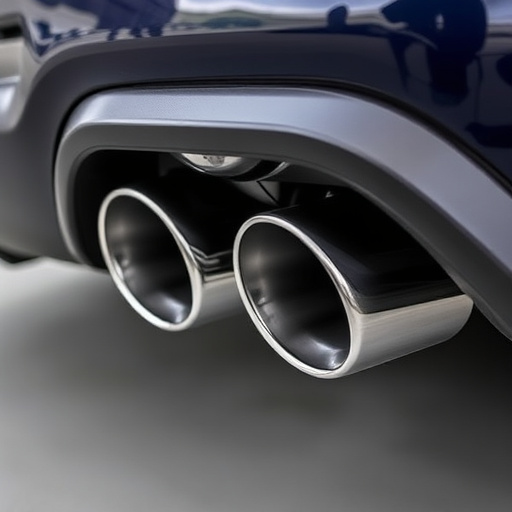
Ensuring Optimal Performance involves adhering to best practices when installing a Universal Catalytic Converter (UCC). Proper fitting begins with accurately measuring and cutting the exhaust system to accommodate the new converter, ensuring seamless integration. It’s crucial to use high-quality gaskets and seals to prevent leaks, which can not only damage the converter but also compromise engine performance and fuel efficiency.
When installing a UCC, careful consideration should be given to both the muffler tips and air intake systems. The converter must be securely fastened using recommended hardware, aligning with exhaust system components for optimal gas flow. Additionally, proper wiring connections for any included sensors are essential to maintain accurate emissions control. Ensuring these details will not only maximize the efficiency of your universal catalytic converter but also contribute to a cleaner and safer environment.
When installing a universal catalytic converter, avoiding common mistakes is key to ensuring optimal performance and extending the life of your vehicle’s exhaust system. By understanding the critical components and best practices outlined in this article, you can navigate the installation process with confidence, preventing potential issues that may arise from rushed or incorrect assembly. Remember, a properly fitted universal catalytic converter not only enhances engine efficiency but also contributes to a cleaner environment by reducing harmful emissions.








